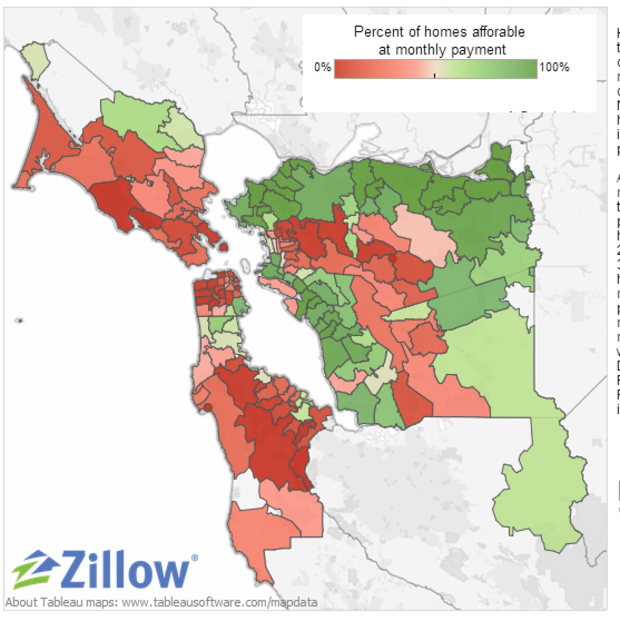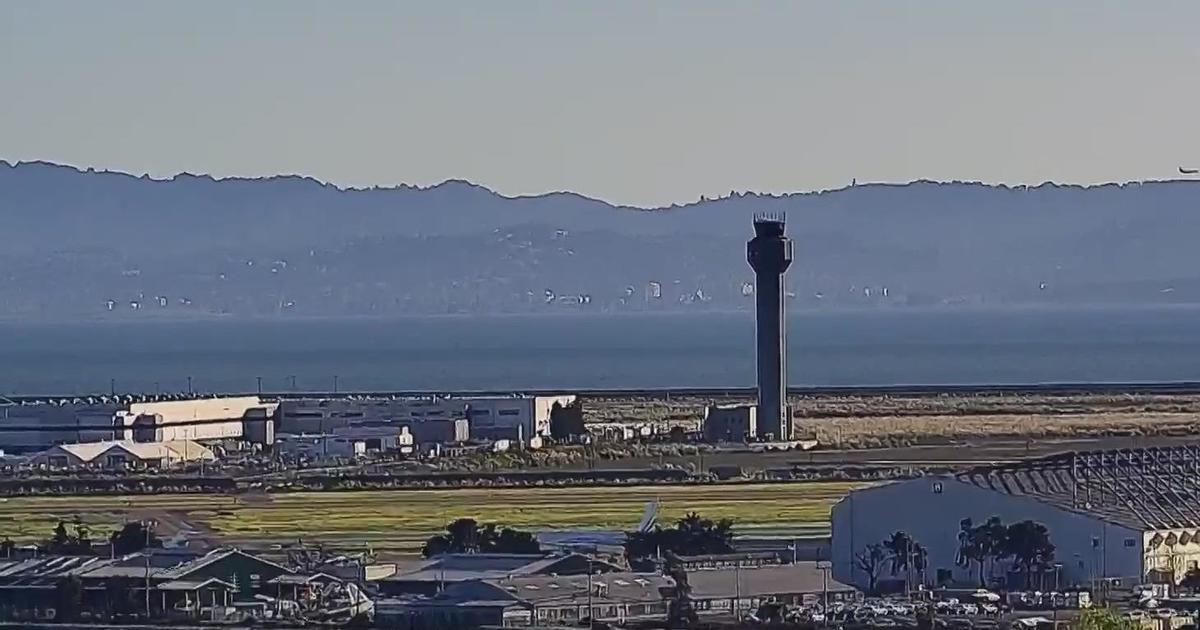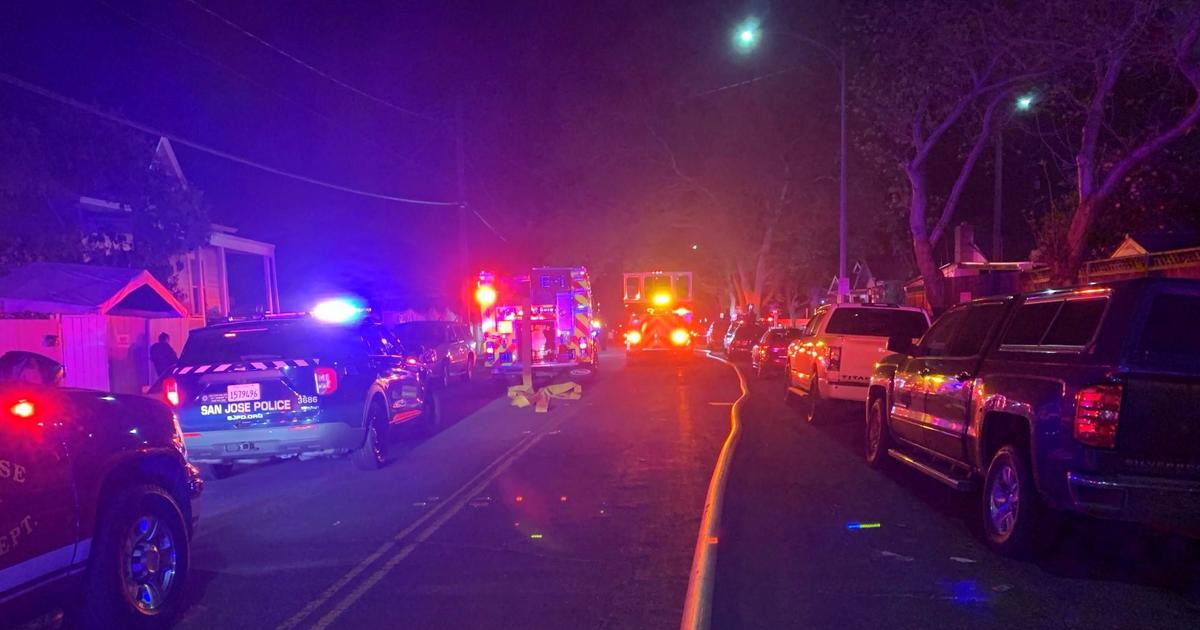Zillow: 55% Of Bay Area Homes Not Affordable, Prices Rising Beyond Historic Highs
SAN FRANCISCO (CBS SF) -- More than half of the homes in the Bay Area are "unaffordable," and median income home buyers are spending more on mortgages now than they before the real estate bubble, according to a study released Friday by Zillow.
Home buyers in the five-county region defined by Zillow spend 39.3 percent of their income or $2530 per month on the mortgage for a median-priced home. That's compared to just 37.7 percent from 1985-2000, what is considered the "pre-bubble" years.
Nationally, just 33 percent of homes are considered "unaffordable" according to Zillow.
The situation for the Bay Area will get worse if mortgage rates rise. An increase to just 5 percent would mean the Bay Area spends 45.9 percent of their monthly income on mortgage payments, not to mention insurance and taxes.
CRAZY HOME PRICES: $1.6 Million Fixer-Upper
In February, 45 percent of homes for sale were considered "affordable," meaning the majority of 55 percent were unaffordable.
The only affordable homes are in suburbs, leaving Bay Area home buyers with increasingly longer commutes.
The image below shows the most affordable homes, approaching 100 percent are in the far eastern parts of Contra Costa County, southern Alameda County and northern Contra Costa County. San Francisco, Orinda, Lafayette, Walnut Creek, and most of the Silicon Valley are colored in deep red, meaning nearly 0 percent of homes considered affordable.
INTERACTIVE: Explore An Interactive Version Of This Zillow Graphic
Other markets including Southern California, Denver, Portland, and Miami are in a similar situation, but San Francisco tops the list of most unaffordable.
"As affordability worsens, we're already beginning to see more of the kinds of worrisome trends we saw en masse during the years leading up to the housing crash," said Zillow economist Stan Humphries.
"These include a greater reliance on non-traditional home financing, smaller down payments and a greater pressure to move further away from urban job centers in order to find affordable housing options," said Humphries. "We're not in a bubble yet, but we're beginning to see the early signs of one in some areas."




